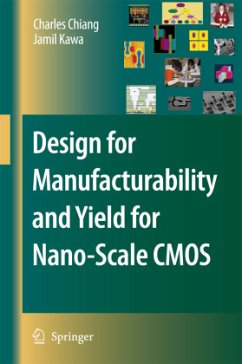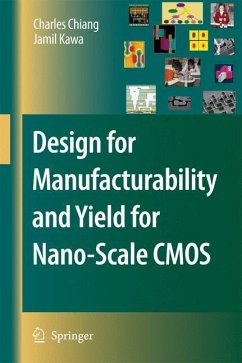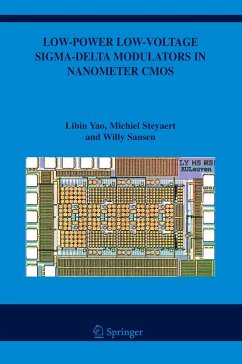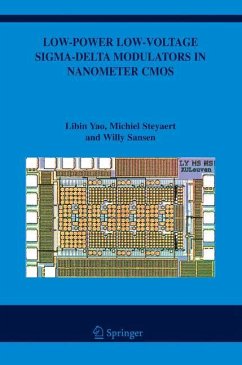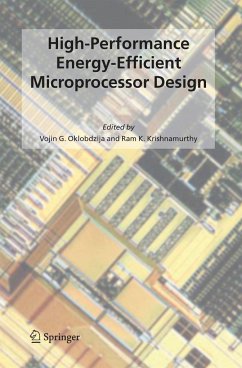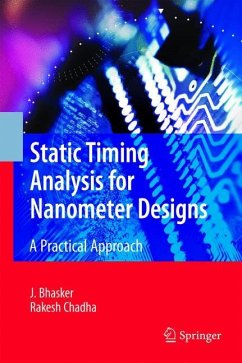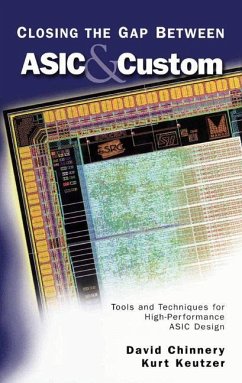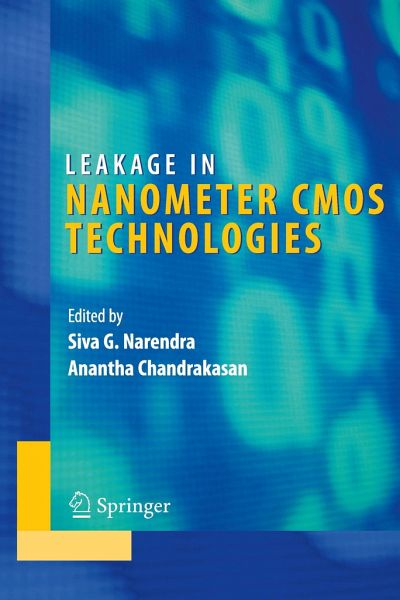
Leakage in Nanometer CMOS Technologies

PAYBACK Punkte
58 °P sammeln!
Covers in detail promising solutions at the device, circuit, and architecture levels of abstraction after first explaining the sensitivity of the various MOS leakage sources to these conditions from the first principles.
Also treated are the resulting effects so the reader understands the effectiveness of leakage power reduction solutions under these different conditions.
Case studies supply real-world examples that reap the benefits of leakage power reduction solutions as the book highlights different device design choices that exist to mitigate increases in the leakage components as technology scales.
Also treated are the resulting effects so the reader understands the effectiveness of leakage power reduction solutions under these different conditions.
Case studies supply real-world examples that reap the benefits of leakage power reduction solutions as the book highlights different device design choices that exist to mitigate increases in the leakage components as technology scales.
Scaling transistors into the nanometer regime has resulted in a dramatic increase in MOS leakage (i.e., off-state) current. Threshold voltages of transistors have scaled to maintain performance at reduced power supply voltages. Leakage current has become a major portion of the total power consumption, and in many scaled technologies leakage contributes 30-50% of the overall power consumption under nominal operating conditions. Leakage is important in a variety of different contexts. For example, in desktop applications, active leakage power (i.e., leakage power when the processor is computing) is becoming significant compared to switching power. In battery operated systems, standby leakage (i.e., leakage when the processor clock is turned off) dominates as energy is drawn over long idle periods. Increased transistor leakages not only impact the overall power consumed by a CMOS system, but also reduce the margins available for design due to the strong relationship between process variation and leakage power. It is essential for circuit and system designers to understand the components of leakage, sensitivity of leakage to different design parameters, and leakage mitigation techniques in nanometer technologies. This book provides an in-depth treatment of these issues for researchers and product designers.







